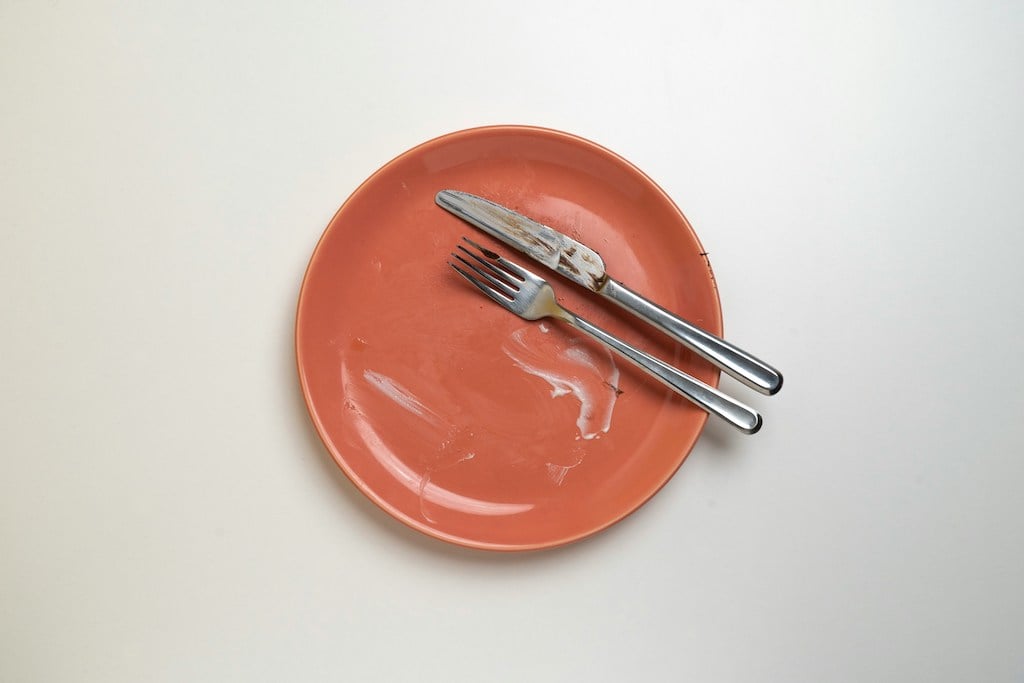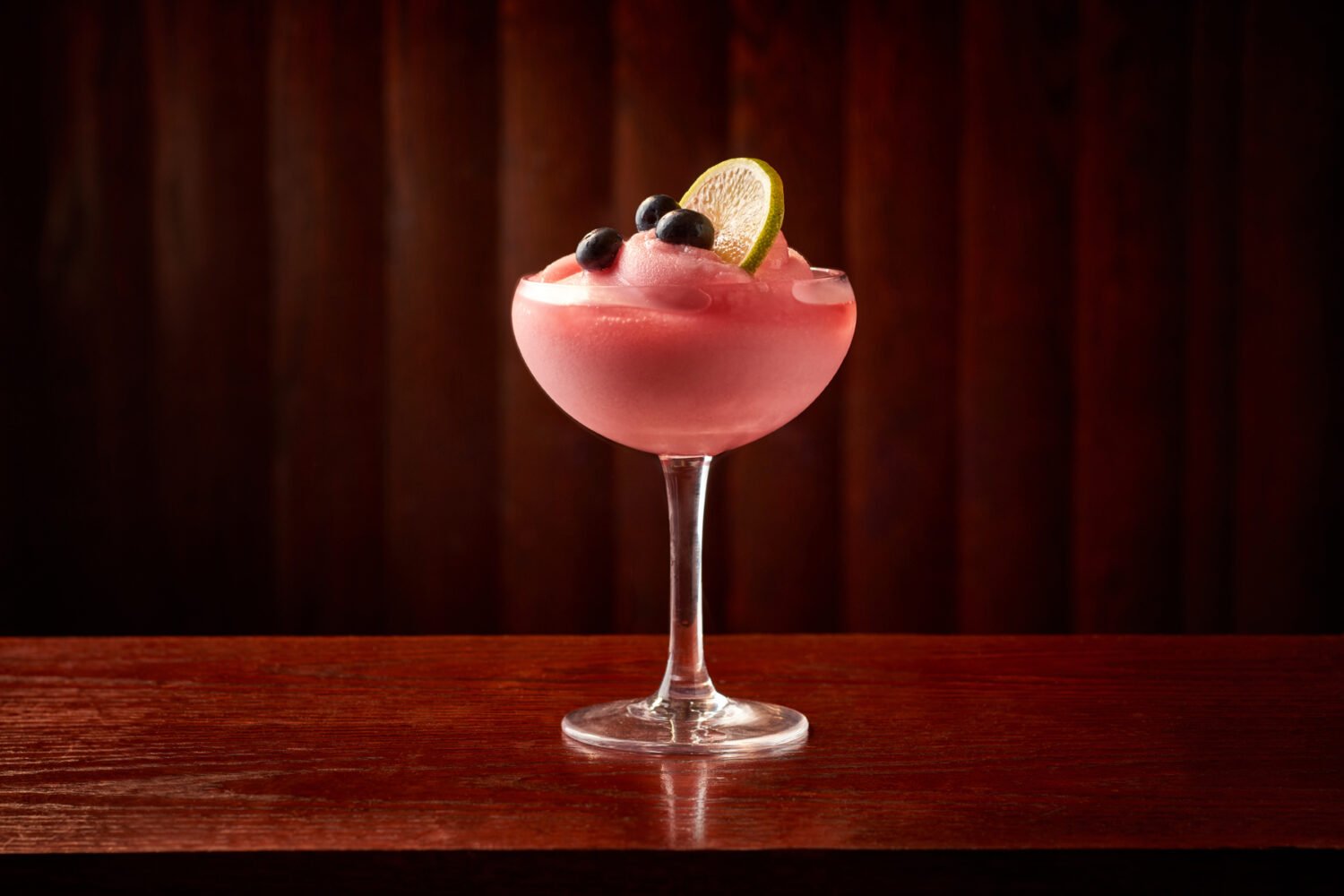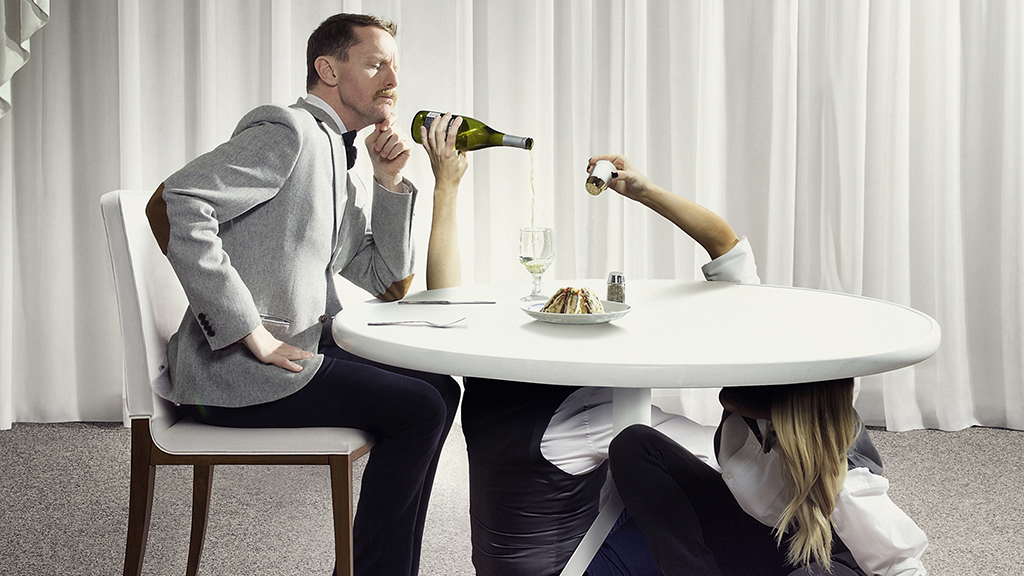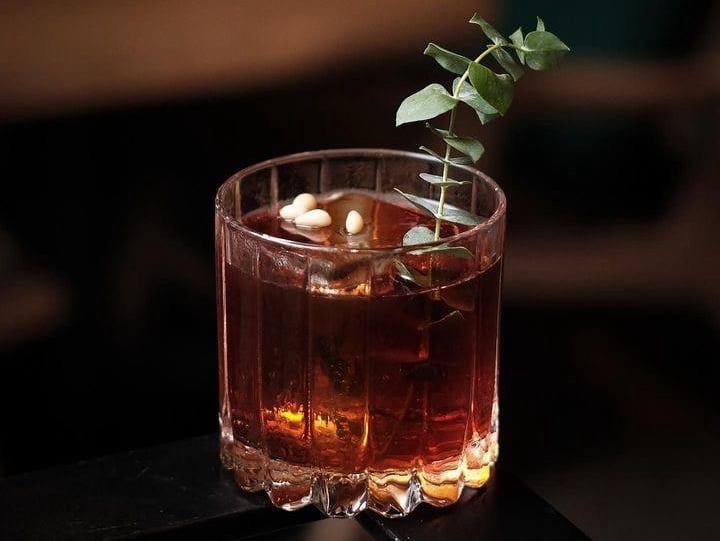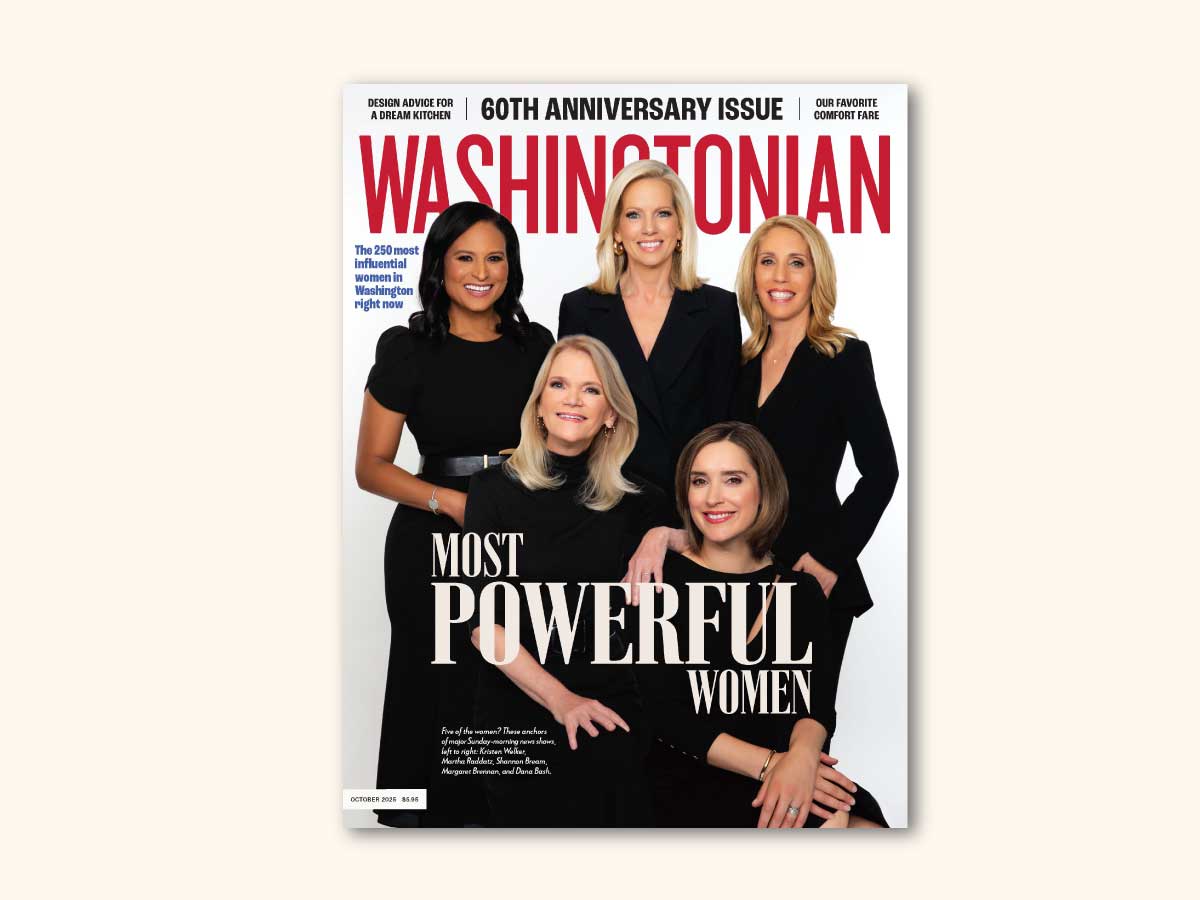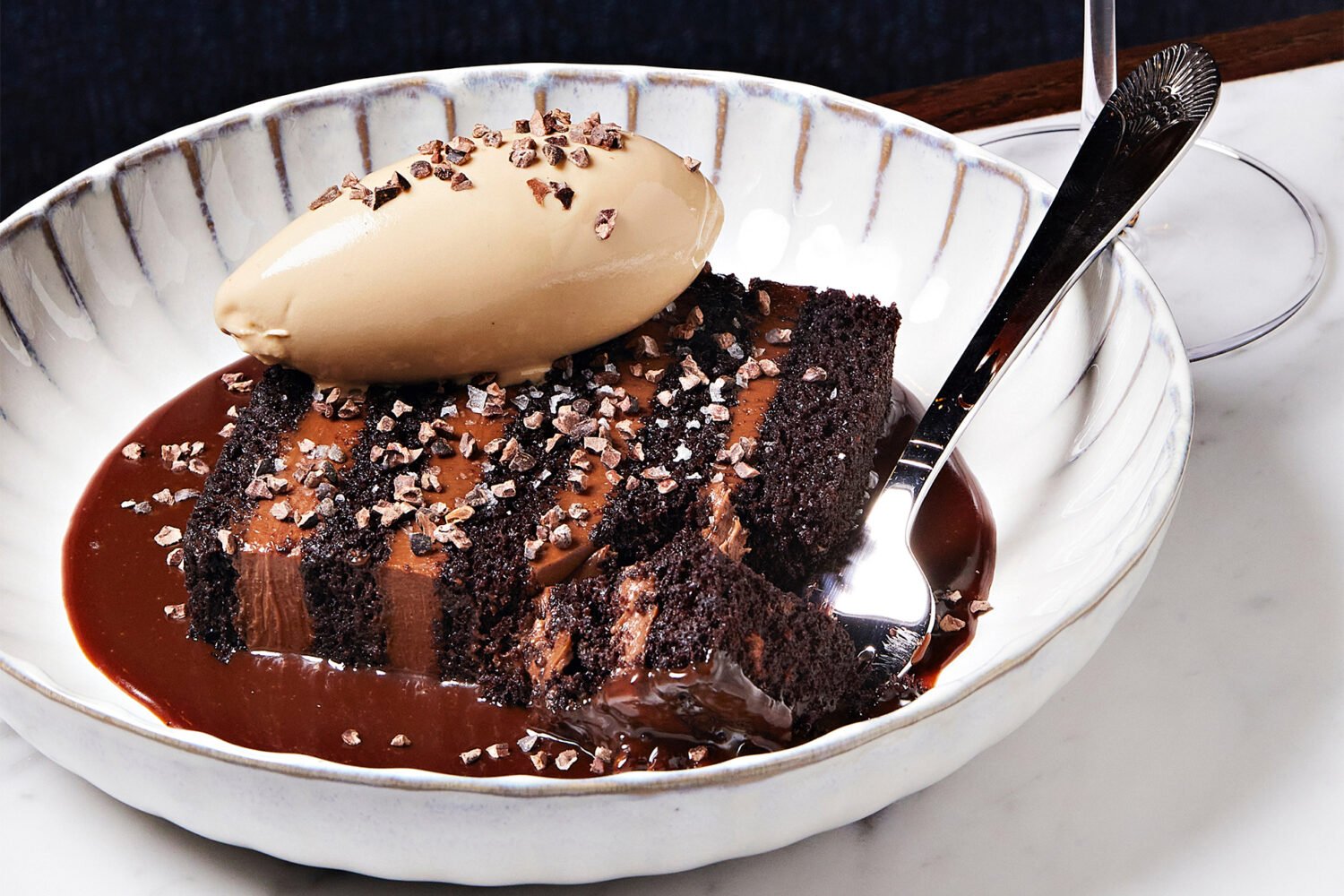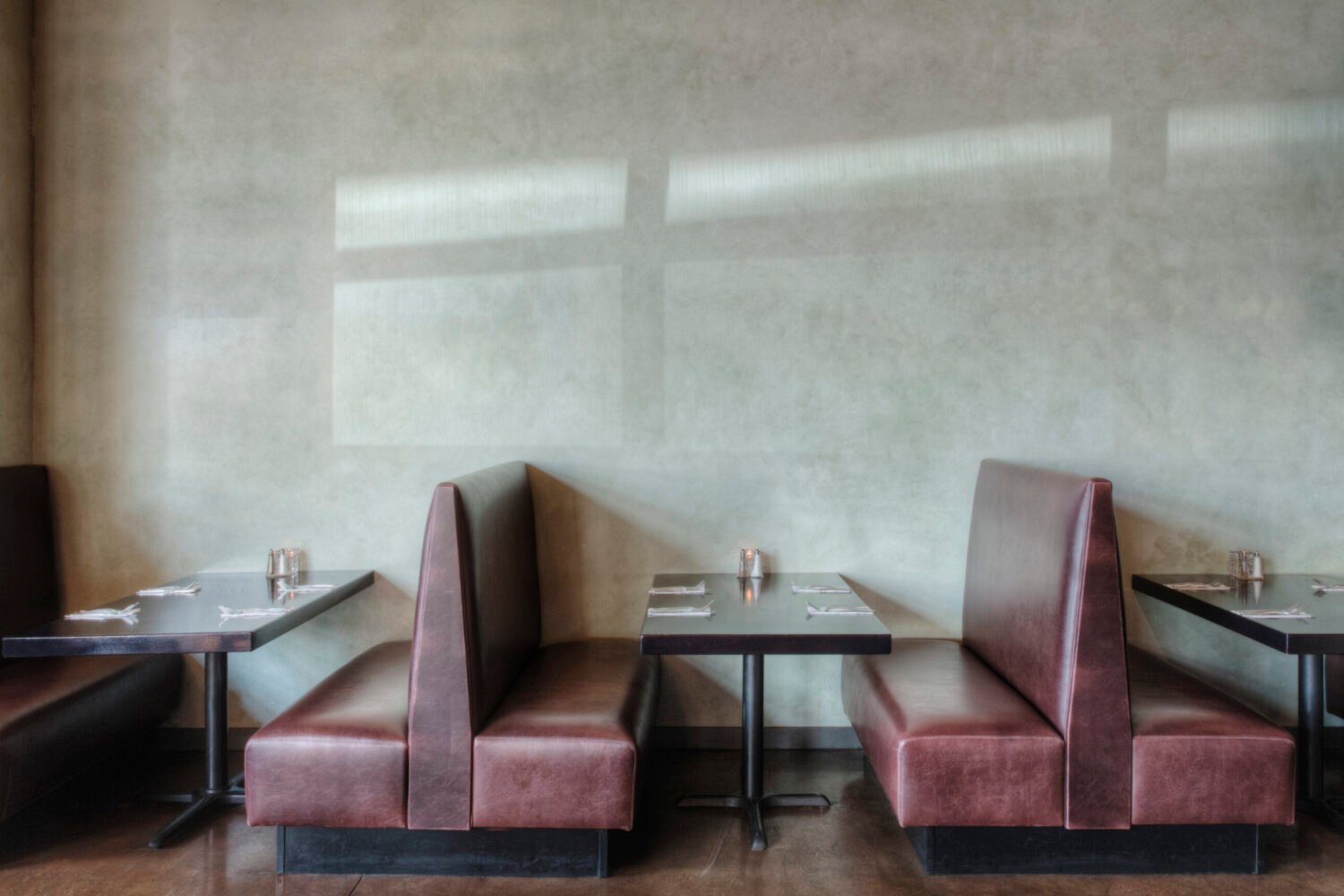At first, Dirty Habit billed itself as a “gritty” restaurant with an “apocalyptic vibe” designed to make diners feel “pleasantly uncomfortable.” Then, a Washington Post story added another layer: the just-opened hotel restaurant replacing Poste Moderne Brasserie inside the Hotel Monaco has an “insane-asylum theme” complete with a padded private dining room.
That led Washington City Paper to write that the restaurant “belittles mental disorders,” quoting a medical director who found it in poor taste. Online commenters called it “wildly inappropriate,” “offensive,” and a “terrible idea.”
The woman behind this much-discussed decor is Andrea Sheehan of Dawson Design Associates in Seattle. She says her work has been interpreted all wrong.
“I totally am not marginalizing mental illness or addiction, but it is a fabric of society,” she says. “We’re not celebrating it. We’re just including it.”
She notes that she recently worked on a hotel in Nashville and included a big portrait of a black musician with dreadlocks. Sheehan says some people have interpreted it as a political statement about Black Lives Matter.
“I can’t be responsible for how people interpret things,” she says. “If you worry about that, where would you get with any type of expressionism?”
Sheehan has designed other Kimpton properties, including the Topaz hotel when it first opened, as well as the original Dirty Habit in San Francisco.
In tech-centric San Francisco, Sheehan wanted to play off the idea of people creating avatars for themselves in video games. “We said, ‘Let’s create an environment where they can actually be that person and actually do it in reality instead of this virtual reality,” she says. “They can be the bad girl or the bad guy… We wanted to tap into that idea of good girl in the day and vamp at night.”
When Kimpton approach Sheehan about changing up Poste in the DC Hotel Monaco, she thought the dark, subversive vibe of Dirty Habit was perfect.
“Especially in Washington, there’s all kinds of dirty habits,” she says. “It’s a political city. It was just too easy to go there.”
The hotel building was completed in 1810—an industrial “Dickens-type of period,” Sheehan says, “which was super dark.” In the design, she drew inspiration from factories and “the sense of forced labor almost.” She started researching gears and factory windows, which led her to images of asylums.
But more than asylums, Sheehan was thinking of Gotham: “We just wanted to incorporate that sense of this kind of twisted reality.”
Sheehan lit the restaurant like a film noir movie set with dark shadows and an “unhealthy yellowish glow.” It’s not a great color for making the food look appetizing, Sheehan says, but it does create the desired creepy effect at night. “It’s also really warm, it kind of pulls you into it.”
Sheehan says the restaurant doesn’t have a theme. Rather, it’s an “energy” or “attitude” she was after. But she does, in fact, want people to feel “pleasantly uncomfortable.”
Uncomfortable, however, isn’t usually what diners want out of a restaurant.
Yes, Sheehan says, “but you like to have experiences that are not boring.”


